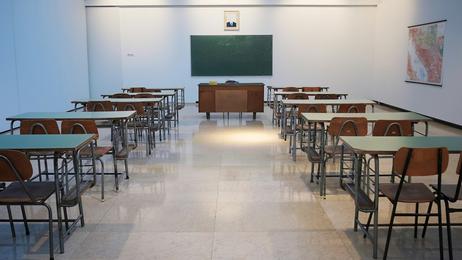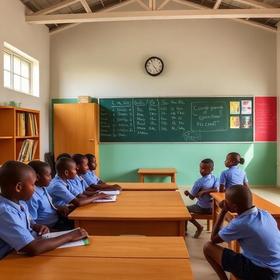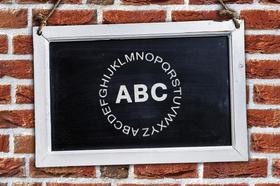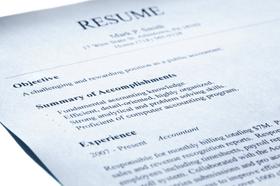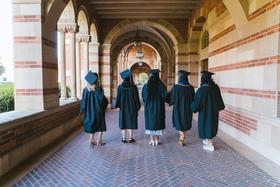10 Misconceptions About Private Schools in 2025
Private schools continue to be a subject of debate in the U.S., often surrounded by myths that can mislead families considering this educational path. As of 2025, more than 5 million students are enrolled in private schools nationwide, representing about 9% of all K–12 students. Yet misconceptions persist, from cost to diversity to academic rigor. Understanding the reality behind these assumptions is essential for parents making one of the most important decisions about their child’s education.
This article explores 10 of the most common misconceptions about private schools—and the facts that counter them.
1. Private Schools Are Only for the Wealthy
Perhaps the most persistent myth is that private schools are exclusively for affluent families. While tuition can be high, financial aid is more widespread than many realize. According to the National Association of Independent Schools (NAIS), nearly 29% of private school students receive need-based financial aid. Many schools also offer merit scholarships and flexible payment plans.
Parents are often surprised to learn that smaller private institutions and faith-based schools may charge tuition comparable to or lower than the cost of many child-care programs or extracurricular activities. The landscape is far more accessible than the stereotype suggests.
2. Private Schools Lack Diversity
Another misconception is that private schools are homogeneous, catering primarily to one demographic. In reality, diversity in private schools has grown significantly. A 2023 NAIS report highlighted that students of color now make up more than 30% of independent school enrollment.
Schools actively seek diverse student bodies, not only to reflect the real world but also to enrich classroom discussions and perspectives. Many private schools also welcome international students, creating a global learning environment that public schools may not always replicate.
3. Private Schools Don’t Serve Students with Learning Differences
It’s often assumed that students with ADHD, dyslexia, or other learning differences won’t find support in private schools. While not every private school is equipped with specialized programs, many have robust learning support departments.
Some private schools specialize entirely in serving students with learning differences, offering small classes, individualized instruction, and tailored support. Parents should carefully research a school’s student services, as offerings can vary widely.
4. Private Schools Are Religiously Affiliated
Because many of the earliest private schools in the U.S. were founded by religious organizations, families sometimes believe all private schools are faith-based. While Catholic, Protestant, and Jewish schools remain an important part of the sector, a significant portion of private schools are nonsectarian.
From Montessori and Waldorf schools to independent academies with secular missions, families have a wide array of options. The key is for parents to match a school’s philosophy with their child’s learning style and family values.
5. Private Schools Are All Academically Elitist
While some private schools are highly competitive and selective, not all operate with the “ivy pipeline” mindset. Many prioritize holistic education—valuing arts, athletics, service, and leadership alongside academics.
Small class sizes often allow teachers to provide individualized attention, meeting students where they are. This means private schools can serve a range of learners, not just those who test at the very top of their class.
6. Private Schools Are Not Regulated
A common concern is that private schools lack oversight compared to public schools. In fact, most states regulate private schools through accreditation requirements, teacher qualifications, and curriculum standards.
Additionally, many private schools seek accreditation from regional or national organizations such as the New England Association of Schools and Colleges or NAIS, which require rigorous evaluation and ongoing review.
These accountability measures ensure that students are receiving a high-quality education and that schools meet professional standards.
7. Private Schools Don’t Prepare Students for the “Real World”
Some critics argue that private schools create a bubble, isolating students from broader society. Yet many private schools actively encourage community engagement, service learning, and leadership programs.
Experiential education—such as internships, global exchange programs, and outdoor education—helps prepare students for real-world challenges. Private school graduates often note that small communities foster confidence, collaboration, and resilience that serve them well beyond graduation.
8. Private Schools Only Focus on College Admissions
While strong college placement is often a hallmark, private schools are not simply college-prep factories. Many emphasize character development, creativity, and lifelong learning.
In fact, private schools frequently highlight mission-driven goals such as ethical leadership, civic responsibility, and critical thinking. According to EducationData.org, private school graduates demonstrate higher rates of civic engagement and volunteerism, showing that the impact extends well beyond college acceptance letters.
9. Private Schools Don’t Offer Extracurricular Variety
Some families assume that extracurricular activities in private schools are limited compared to large public schools. In reality, private schools often offer robust athletics, arts, and club programs, sometimes with more flexibility and personalization.
Sports: From traditional teams to niche athletics like crew, squash, or fencing.
Arts: Theater productions, visual arts, music ensembles, and digital media labs.
Leadership: Student government, debate teams, robotics clubs, and service organizations.
Because of smaller student populations, students may also find more opportunities to participate, rather than being cut from teams or productions.
10. Private Schools Are Outdated in 2025
Finally, there’s a misconception that private schools cling to tradition and fail to innovate. On the contrary, many private schools are leaders in adopting forward-thinking practices.
Examples include:
Technology Integration: One-to-one laptop programs, coding curricula, and AI literacy courses.
Global Competency: Language immersion, international partnerships, and global issues coursework.
Wellness Programs: Emphasis on mental health, mindfulness, and balanced student lifestyles.
Private schools in 2025 are continuously evolving to meet the needs of today’s learners and tomorrow’s workforce.
Summary Table: Misconceptions vs. Reality
| Misconception | Reality |
|---|---|
| Only for the wealthy | Financial aid and diverse tuition models make schools more accessible. |
| Lack diversity | Students of color and international students contribute to diverse communities. |
| No support for learning differences | Many schools offer tailored programs or specialize in this area. |
| All religious | A wide range of secular and alternative models exist. |
| Academically elitist | Schools serve diverse learners, not just top scorers. |
| Unregulated | Accreditation ensures accountability and high standards. |
| Isolating | Schools emphasize community, service, and real-world experiences. |
| College-focused only | Character, creativity, and civic engagement are equally prioritized. |
| Limited extracurriculars | Wide variety of sports, arts, and leadership opportunities. |
| Outdated | Leading innovation in technology, wellness, and global education. |
Final Thoughts
Private schools remain a dynamic and diverse sector of American education. By dispelling these 10 misconceptions, parents can make more informed decisions about whether a private school is the right fit for their child.
In 2025, private schools are not monolithic—they range from progressive academies to traditional faith-based institutions, from schools specializing in learning differences to those emphasizing global citizenship. What they share is a commitment to small learning communities, mission-driven education, and preparing students not just for college, but for life.

